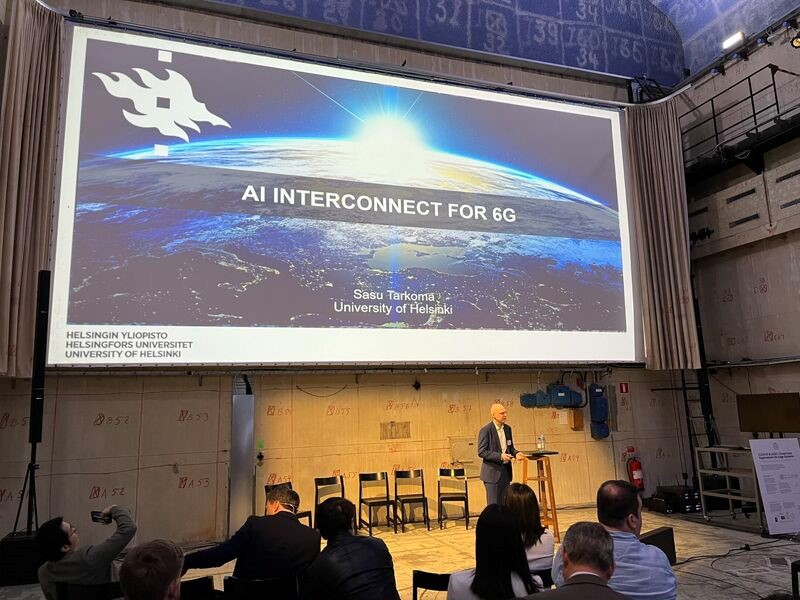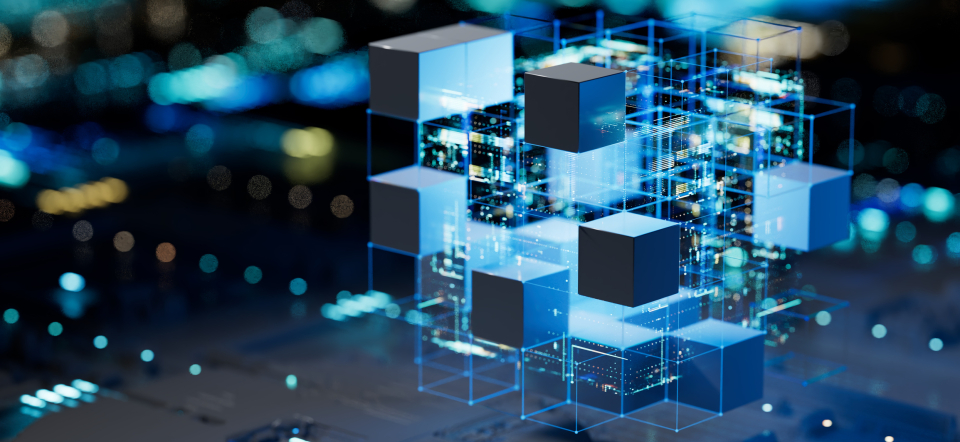Artificial intelligence has become a household term during the last few years and now most people have experience of using some sort of AI tool. But edge intelligence is still quite unknown among non-computer scientists.
Sasu Tarkoma, Professor of Computer Science at the University of Helsinki leads a NordForsk-funded Nordic university cooperation on edge intelligence (NUEI).
But what exactly is edge intelligence?
“Edge intelligence combines artificial intelligence and edge computing. It aims to decentralise the AI inference of today. Edge means at the edge of the network, so local resources near the consumers”, Tarkoma explains.
The current system is a centralised cloud-based service gathering data, processing data, running the AI inference and building models. This cloud is then used for applications.
“With edge intelligence we want to increase the distribution, so that we have many different mini clouds and elements that provide services instead of just a centralized cloud. This means AI is distributed over the whole infrastructure and in way becomes part of the infrastructure so that we can weave AI into everything.”
And what is edge intelligence used for?
“Most concretely edge intelligence is used for the so-called Internet of things (IoT). For example, cameras and sensors of smartphones, other smart devices, smart spaces and smart factories are all very much supported by edge intelligence.”, Sasu Tarkoma says.
Edge intelligence can enable the local processing of the data, for example videos and streams, and thus increase the efficiency, privacy and security of IoT.
Expanding research field
The cooperation project NUEI combines the expertise and ambitions of four universities in the Nordics: University of Helsinki in Finland, KTH Royal Institute of Technology in Sweden, Aarhus University in Denmark and NTNU – Norwegian University of Science and Technology in Norway.
The project also closely collaborates with the industry and society through centres of excellence and flagships. The aims are among others to spread knowledge about edge intelligence and the benefits of decentralised AI systems in the Nordics.
“It is an exciting and very fast developing field and we work with some very crucial topics for the Nordic countries. We all rely on mobile networks for example, and now as the standardisation activity towards 6G has started in the Nordics our work directly aims to provide experience results on how to use the standard in such a way that AI really benefits the network”, says Tarkoma.

More resilience through local clouds
A centralised cloud which computes the running of AI is efficient due to its scale. But having this centralised data centre where all data is stored in a single place entails privacy challenges and security risks.
“If the cloud breaks or someone with harmful intent gains access to it we can lose a lot of data. There are also latency issues. If the centralised cloud is faraway, we can’t do low latency applications.”
Having local mini data centres also ensure resilience if there are global network problems.
“If you cannot access the current centralised cloud, you don’t have any service. But with AI across what we call the edge continuum you can still have access to the local and nearby resources. So, there is good ground for investigating the decentralisation of resource through edge intelligence”, says Tarkoma.





